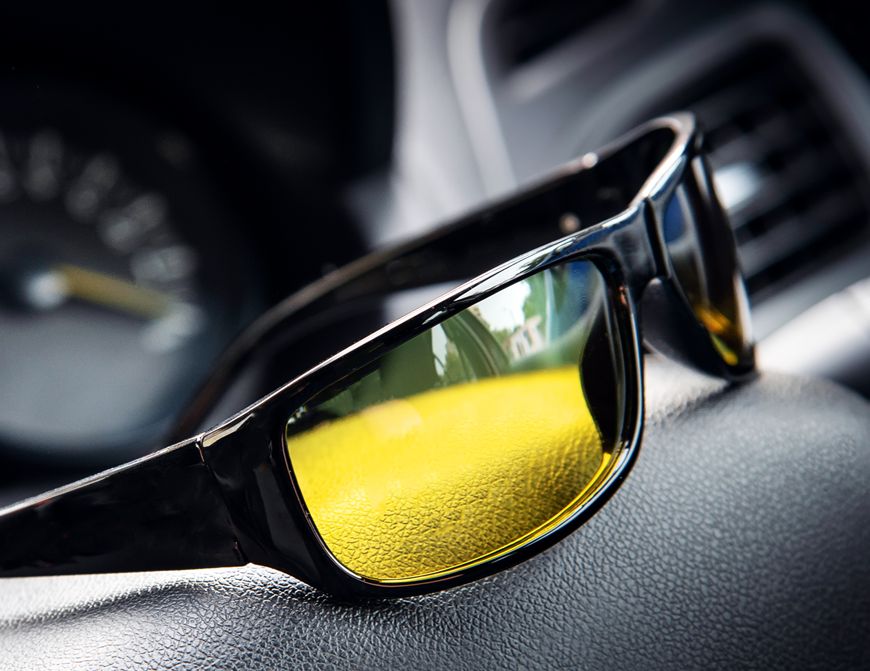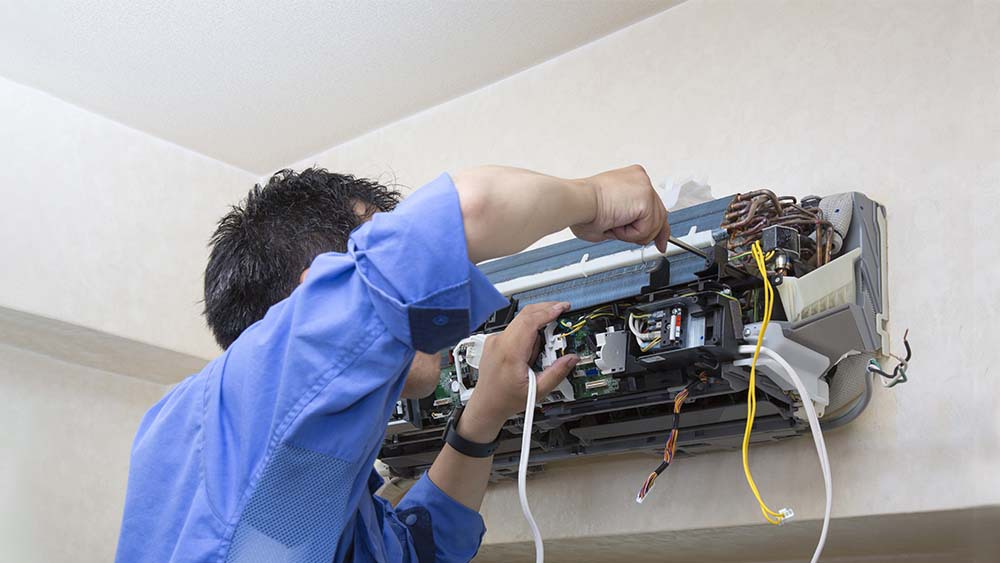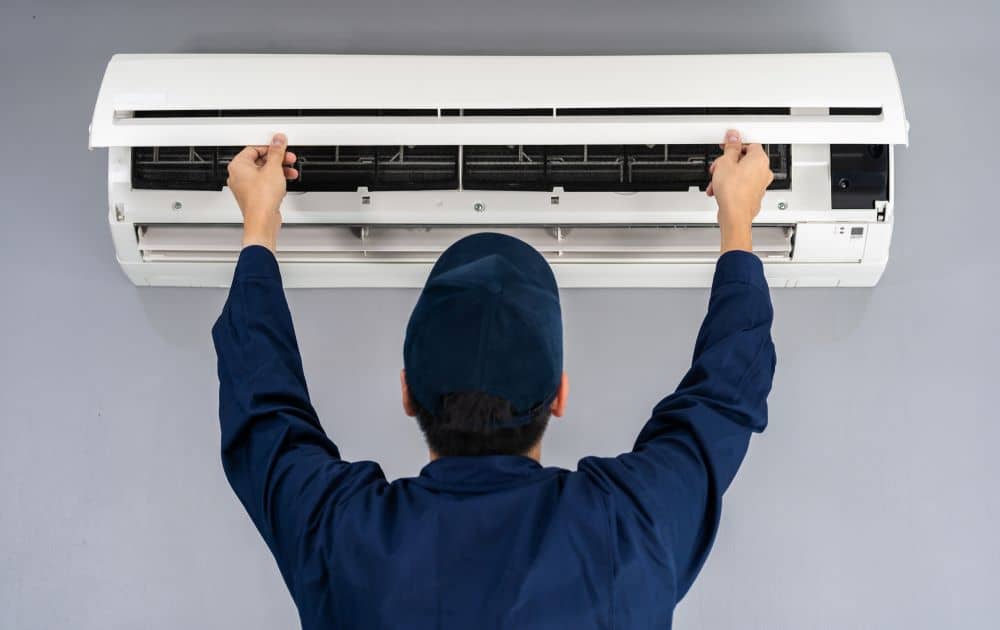
The term “commercialwaste “refers to the refuse/waste material generated by commercial entities. Each business generates different types and amounts of waste.
The primary factors that may influence the type of waste generated by your business include the company’s size, the industry in which it operates, the customer/client base, and the company’s waste strategy. For more information click here skip bin hire. Let us find out what are the different types of business waste that can be recycled again.
Various types of business waste:
- General waste is non-recyclable garbage that businesses generate daily. Laminated paper, food packaging, and used tissues are a few examples. Regardless of industry, almost all businesses will generate this type of waste.Paper, plastic bottles, food tins and cardboard are all examples. The majority of businesses will generate this type of waste and will most likely have a dry mixed recycling bin so they don’t have to separate their recyclable refuse on their site and can send it in a container to a waste treatment plant for disposal.
- Glass Waste is the refuse generated by businesses whose primary material is glass. Glass bottles and broken drinking glasses are two examples. Restaurants, catering and glass manufacturers are more likely to generate this type of commercial
- Food waste is food that has not been consumed completely and has thus been discarded.Larger food waste, such asLarge animal bones discarded by butchers belong to a different category of commercial waste and must be disposed of in an “animal by-product container rather than a food “Banana skins, chicken wing bones, and leftovers scraped off plates are common examples of food waste found in businesses. Restaurants will undoubtedly generate food waste, but so will most offices!
- Medical Waste is a difficult concept to define. Clinical waste is defined as waste that is entirely or partially composed of animal tissue, bodily fluid, excretions, drugs or pharmaceutical products, or swabs, syringes, and bandages that could be hazardous if not rendered safe. Hospitals, dentists, and tattooists are among the industries that generate clinical waste.
- Hazardous waste is defined as any waste product that poses a risk to the environment or public health. Hazardous materials must have at least one of the following characteristics: toxicity, reactivity, ignitability, and corrosion. Batteries, cleaning chemicals such as chlorine, and solvents are examples of this type of waste. Chemical manufacturers, electroplating companies, and oil refineries are examples of industries that typically generate hazardous waste.
- Toilet Waste is the waste found in toilets and showers. Napkins, sanitary products, and tissues are some examples. Hospitality and leisure are two industries that generate a lot of business waste.
It is necessary for any firm that its waste gets recycled because making the right waste decisions can have a significant impact. It also states that you must keep your waste to a minimum by following the waste management hierarchy of Prevent, Reuse, Recycle, and Recover.






